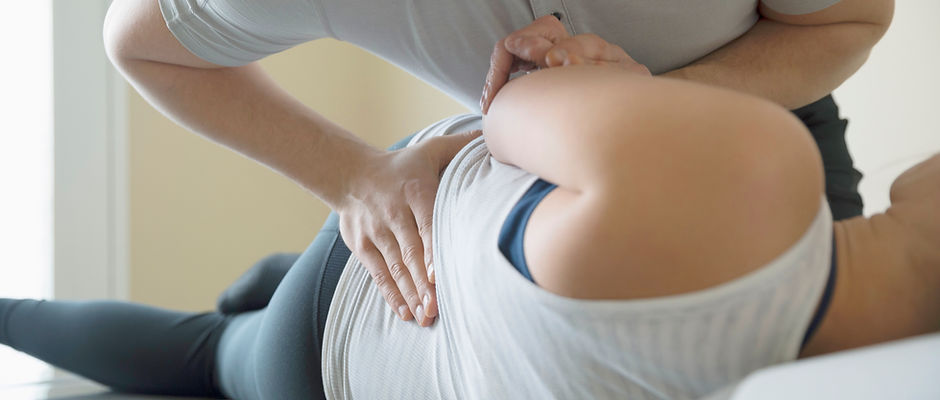
About Myself
Understanding that bodywork is a viable modality for enhanced overall health and well being, William focuses on Active Isolated Stretching, Manual Resistance and Massage Therapy to help Repattern superficial and deep fascial layers. William's mission with each client is to increase range of motion through AIS techniques and Massage Therapy- to promote muscle tone, allow you to gain control throughout your new range of motion, stimulate circulation and relieve neurological torsion and tension stored in the body. His knowledge of anatomy and physiology along with an intuitive approach allows him to work with intention, toward diminishing chronic pain patterns and improve physical performance.
ACTIVE ISOLATED STRETCHING
The Active Isolated Stretching (AIS) method of muscle lengthening and fascial release is a type of Athletic Stretching Technique that provides effective, dynamic, facilitated stretching of major muscle groups, but more importantly, AIS provides functional and physiological restoration of superficial and deep fascial planes.
Optimize your mobility, learn how to prevent and treat your own pain or injury, recover faster, understand your own physiology.
Some common injuries and dysfunctions effectively treated Through AIS techniques include but are not limited to:
Common conditions Active Isolated Stretching techniques are effective in treating these conditions
Hamstrings Lower - Strain/Tear
Lower hamstring problems may be caused by inadequate hamstring flexibility
Medial Epicondylitis (Golfer’s Elbow)
Medial epicondylitis is also called “little league” elbow.
There is usually consistent irritation in the subacromial region.
Tenosynovitis is an inflammation of the synovial sheaths covering the tendons.
…and much, much more.
ACTIVE ISOLATED STRETCHING
Deep, Superficial Fascial Release
Performing an Active Isolated Stretch of no longer than two seconds allows the target muscles to optimally lengthen without triggering the protective stretch reflex and subsequent reciprocal antagonistic muscle contraction as the isolated muscle achieves a state of relaxation. These stretches provide maximum benefit and can be accomplished without opposing tension or resulting trauma.

Manual Resistance
Manual (use of hand applied) Resistance, performed yourself or with an assistant. Specific pressure working without momentum, toward starting range/end range to help strengthen the muscles and reprogram tissues crossing that region. Develop specific muscle support and acquire local joint stamina. Increase your flexibility and strength rapidly. Manual resistance does not require equipment and can be performed anywhere.

Healthy Posture
Sit all day long? Your posture could be hurting you.
What happens to your body when you slump in a chair for too long? What happens to the connective tissue? Flexed postures create stress on the posterior passive tissues and ligaments. The Sacroiliac joint (SI joint) where the low back and pelvis meet, becomes compromised and your “tail” starts to tuck.


Myofascial Release
Achieve Optimal Flexibility
Myofascial Release technique, which also incorporates Active Isolated Stretching, uses active movement and reciprocal inhibition to achieve optimal flexibility. Using a 2.0 second stretch has proven to be the key in avoiding reflexive contraction of the antagonistic muscle. Without activating muscle group contraction, restoration of full range of motion and flexibility can be successfully achieved.
Customer Reviews
Clients love Active Isolated Stretching!


